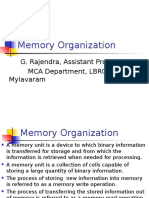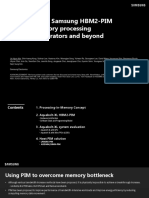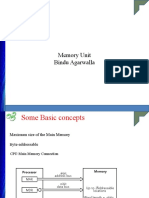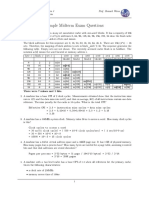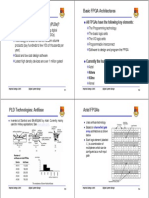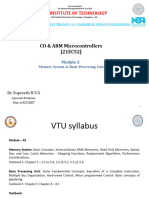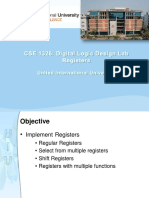0% found this document useful (0 votes)
288 views17 pages32-Bit DRAM Design Guide
This document appears to be a report on the analysis and design of a 32-bit Dynamic Random Access Memory (DRAM) system. It includes sections on the design and working of DRAM, Verilog code and test bench for a 32x32 DRAM module, a detailed explanation of the code, and expected output waveforms. The primary objective was to ensure efficient and reliable data storage and retrieval within a 32-bit data bus architecture. Key aspects addressed during the design process included memory cell organization, addressing schemes, read/write operations, and testing functionality.
Uploaded by
sathwikpm21Copyright
© © All Rights Reserved
We take content rights seriously. If you suspect this is your content, claim it here.
Available Formats
Download as PDF, TXT or read online on Scribd
0% found this document useful (0 votes)
288 views17 pages32-Bit DRAM Design Guide
This document appears to be a report on the analysis and design of a 32-bit Dynamic Random Access Memory (DRAM) system. It includes sections on the design and working of DRAM, Verilog code and test bench for a 32x32 DRAM module, a detailed explanation of the code, and expected output waveforms. The primary objective was to ensure efficient and reliable data storage and retrieval within a 32-bit data bus architecture. Key aspects addressed during the design process included memory cell organization, addressing schemes, read/write operations, and testing functionality.
Uploaded by
sathwikpm21Copyright
© © All Rights Reserved
We take content rights seriously. If you suspect this is your content, claim it here.
Available Formats
Download as PDF, TXT or read online on Scribd
/ 17




